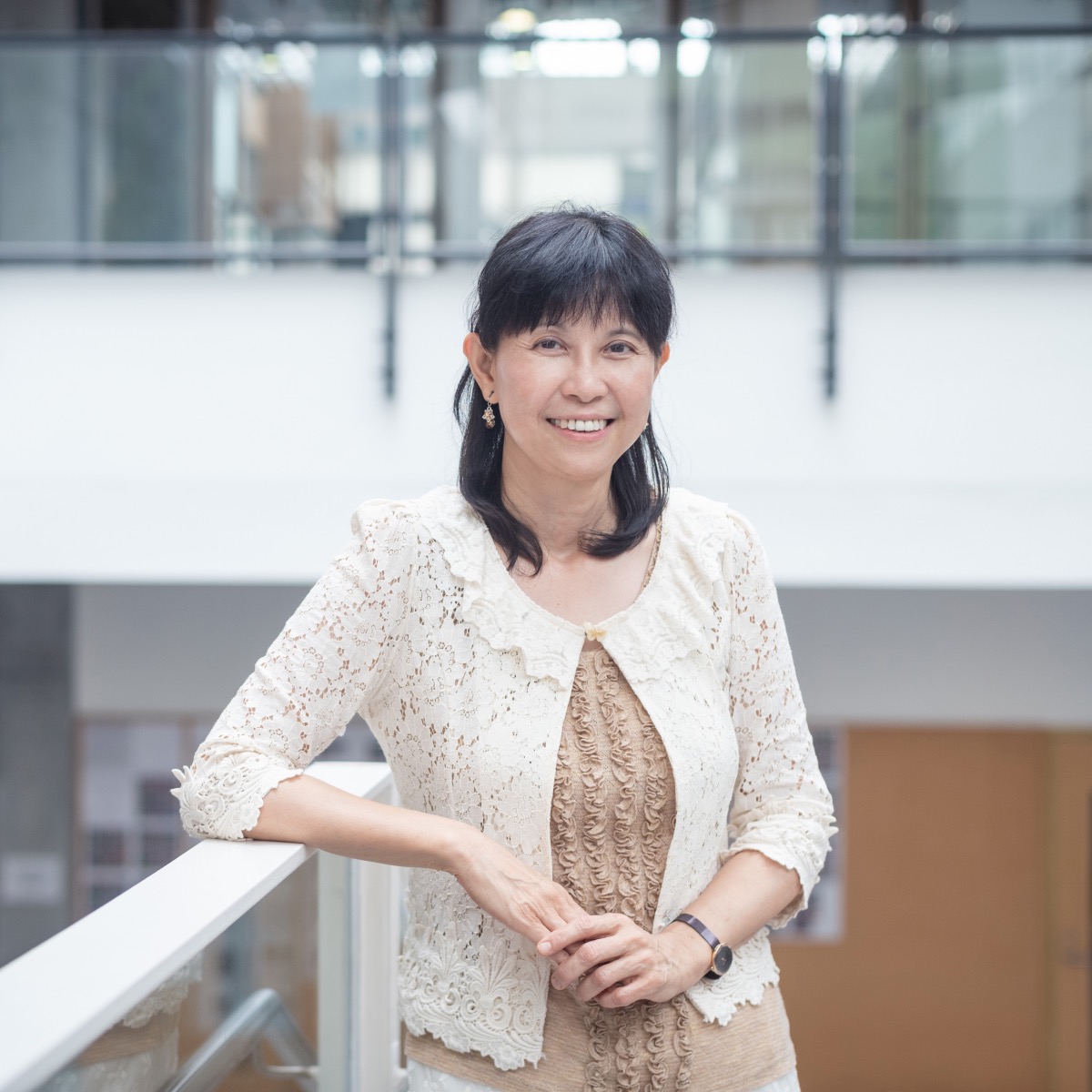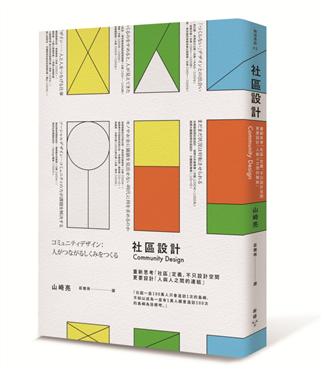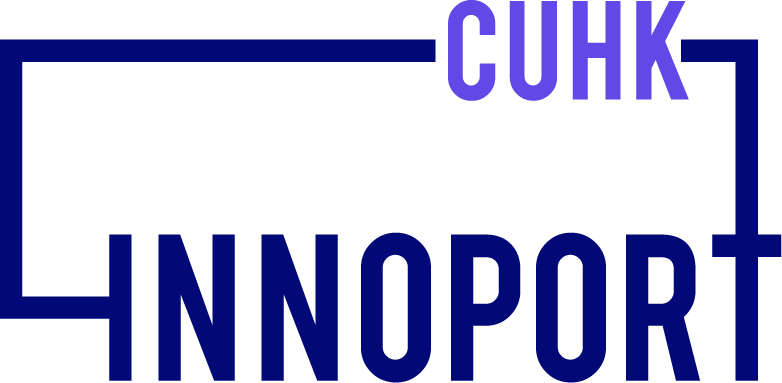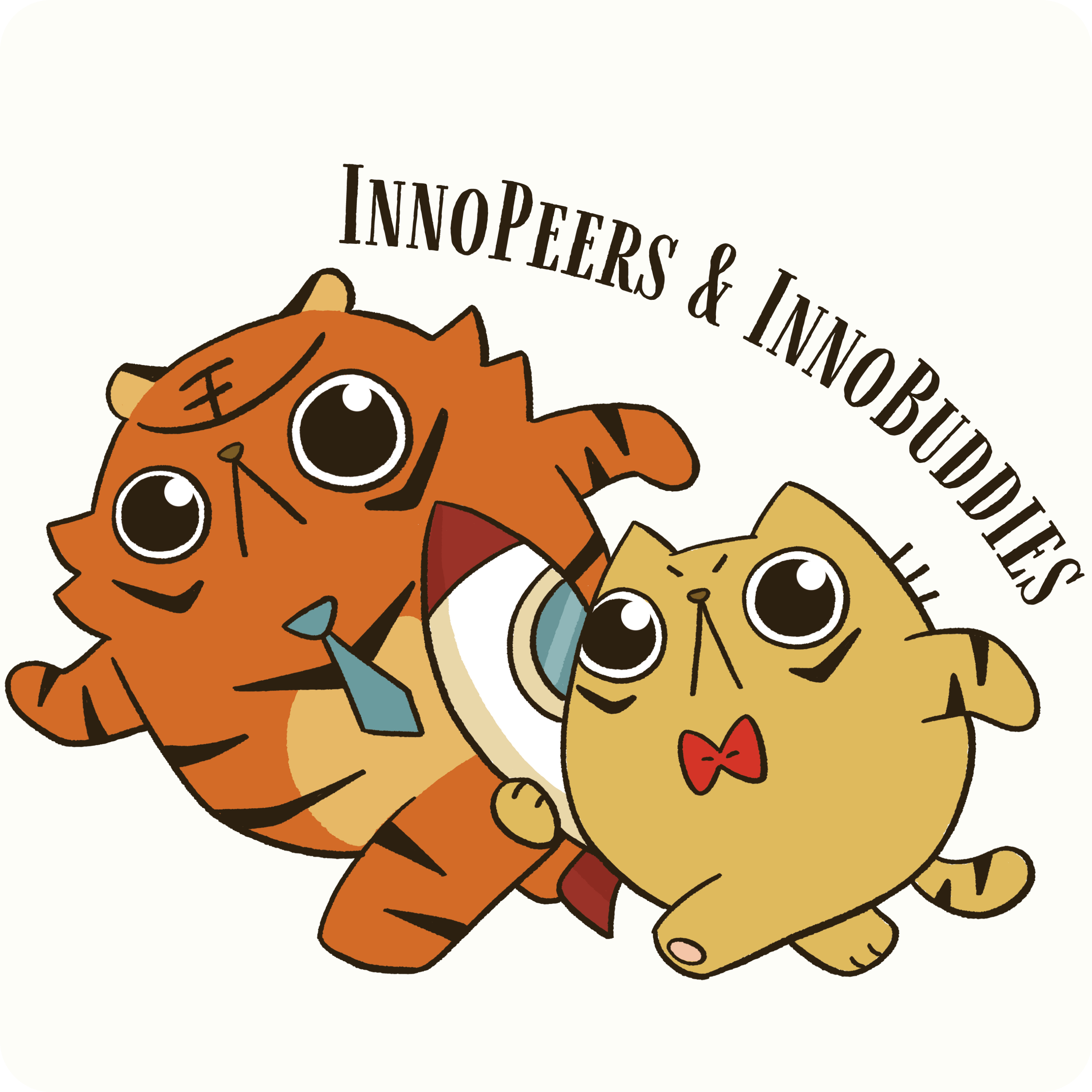
Professor of the Department of Geography and Resources Management and Associate Director of the Institute of Future Cities at CUHK, Mee Kam keeps close tabs on sustainable development of cities, as well as people’s multifaceted well-being.
“Whereas (the spirit of) Below the Lion Rock is made up, stories atop Ma On Shan are real.” Setting foot in Prof Ng Mee Kam’s office, we are greeted by warm rays wafting through the windows and bookcases in three directions. To further warm us up, Mee Kam fervently describes this mining village – topic of the video conference she had before meeting us. Rich in historical, cultural and educational resources, Ma On Shan Village once thrived with iron ore production, with a peak population of 7,000.
“(The mining village) exemplifies the true Hong Kong spirit. (In mid-20th century) Catholic and Protestant churches served the mountain inhabitants – underprivileged these villagers may be, but content nonetheless.” In one-and-a-half hour, she speaks of childhood anecdotes, city planning, placemaking and well-being, her musical laughter pervading our conversation.
Professor of the Department of Geography and Resources Management and Associate Director of the Institute of Future Cities at CUHK, Mee Kam keeps close tabs on sustainable development of cities, as well as people’s multifaceted well-being.
Enabled by CUHK’s Knowledge Transfer Project Fund (KPF) this year, her project “Sustainable Communities Lab for People’s Multifaceted Well-being” invites district councillors and interested public members to learn concepts of sustainable communities, and design places that will boost the well-being of their residents (the second workshop is scheduled on 15 August).
Mental health and well-being – both recent buzzwords, though Mee Kam points out that urban planning seldom touches upon the well-being of individuals, “social workers concern themselves with what community dwellers prefer, but the language planners speak goes something like ‘at least 1 to 5,000’. They mean maps.”

Advocating “human flourishing” across disciplines
Mee Kam studied geography for her bachelor’s degree at the University of Hong Kong (HKU), pinning onto harbour and airport developments during her doctoral studies in the USA. How did she bridge her expertise with the concept of well-being? “Because I got to know Prof Winnie Mak from the Department of Psychology, after I joined CUHK (to teach).” We covered Winnie’s story in the first issue of Cubic Zine.
Winnie has long been working on mental health topics, particularly anti-stigma initiatives, and set up social enterprise StoryTaler. “She keeps bringing up ‘well-being’, stressing that it’s something for everyone. So I thought, people involved in community planning should have a high level of well-being, as collective placemaking would allow them to develop positive relationships, and in the process finding life meaningful and purposeful. Community planning engages individuals to better the environment and actualise themselves.”
The two clicked. Working with social worker Dr Wong Oi Ling and artist Amy Cheung, they launched the interdisciplinary educational programme “Nourishing a Life of Dignity” (also supported by KPF some years back), looking into the topic of “human flourishing” from their respective professional angles. “The four of us silly ladies sat for a chat and somehow the idea took shape.”
An urban planner herself, Mee Kam reveals that the planning process in Hong Kong revolves mainly around technical calculations, with limited discussion on environmental quality, and whether the space benefits the physical and mental health of citizens and families. Her team proposes a human-centred framework for sustainable development, while emphasising the significance to create a space that nurtures the soul through “placemaking”.
“The best kind of community planning needs no planning; the neighbourhood works together naturally.” Mee Kam paints the ideal picture in her view – inhabitants take part in crafting their communal space, auditing shared resources and finding ways together to improve their community. “A lot of good stuff could be uncovered; they may realise where they live is not as bad as they think.”

Hurdles on the “plane”
Again quoting Ma On Shan Village as an example, “the government seeks housing development at the foothills – instead of merely steering clear of the heritage sites, they should integrate these relics during their design and planning.” She finds the mines and surrounding landscapes excellent resources for learning, covering subjects from science, technology and mathematics, to arts, history and culture. And the best news? These materials are so easily accessible by students and the general public. “Consider from the perspectives of points, lines and planes,” her eyes sparkling with animation.
Asked to comment on governmental efforts on planning and conservation, she remarks “not big an issue” for “points”, “acceptable” for “lines”, “but when it comes to ‘planes’, it’s a headache. They probably worry they can’t touch anything, when that’s not really the case.” Collaboration across disciplines and a vision is vital for sorting out considerations on a “plane”. She happens to be someone who loves “crossing the line”. “I love interdisciplinarity. Conservation is not within my area of expertise to begin with, but I work with other colleagues if the project is fun, and learn with them.”
It goes without saying that Mee Kam is not your buried-in-research-behind-closed-doors type of scholar. Eager to converse with others, she proudly claims that in her secondary school days, “I know schoolmates from seven forms above AND below mine.” She accentuates placemaking in her roomy office; walls of books encircle a square low table and sofa seat, thoughtful arrangements to make it easy for students to drop by and chat. She finds immense pleasure in interchanges, confessing that her hobby of teaching traces back to her childhood days.
“Love teaching all this while.” Only a few years of age, she would fetch chalk and ask siblings and neighbours to act as students listening to her class. Upon university graduation, she joined a secondary school to teach geography, though resigning a year later, “since…I also like studying,” she chuckles. “I taught Form One, tried “7-up”, meaning seven lessons in a row. A job where there’s only output but no input (of knowledge) is ill-suited for me.”
A lesson at kindergarten
She returned to HKU for a master’s in urban planning, “I was very patriotic. China opened up for almost a decade then, experts in urban planning were in great demand.” In the 70s and 80s, university students were enthusiasts of “getting to know China and caring for society” (認中關社). Mee Kam was a member of HKU’s China Study Society and Current Affairs Committee. As “society’s conscience”, her peers voiced their views in statements towards all matters, big and small. Another one-third of a century has rolled by; it seems times have changed.
“Not sure why my mum enrolled me in a left-wing kindergarten (in the 60s). One day the teacher asked what newspapers our families read. My arm in the air, I answered Ming Pao. She chided that this outlet is no good.” The teacher’s response turns out to be a lifelong lesson.
“With my limited vocabulary back then, I felt the fact that I could say Ming Pao was already something. I didn’t believe what my dad read was no good, why would my teacher think so? But teachers shouldn’t be wrong (a child’s thought) …So later on I constantly doubt, why are people so assured of certain things? I’d ask, based on what (are they this convinced)?”
One of the many issues that begs her question is the debatable Lantau Tomorrow Vision plan. “If you believe in the climate crisis and the impending sixth mass extinction; if you believe that we only have less than 11 years to tackle the climate crisis (reference), you wouldn’t support further reclamation, and you would understand the importance to restore ecological services value. Plus, artificial islands entail sacrificing the well-being of many generations to make them liveable.” (Check out her viewpoints in this article.)
Ending our interview in a haste, Mee Kam rushes back to her seat by the window to begin another video conference.

【Scholarly keyword】Community designer
Whereas Mee Kam mentioned several times in her interview “community planning” and “placemaking”, “community design” is the current trend in Japan and Taiwan. Especially since Ryo Yamazaki wrote a few books on the concept, the term has become a buzzword in the field of social innovation, though it means more or less the same as what Mee Kam described.
A landscape designer, Yamazaki finds his actual job more like a community designer – not only working on visible spaces, but also the invisible social connections. Since 1999, he and his team drew up numerous user-oriented projects – from parks and festivals to schools and after-school pastimes of primary students. The idea sent reverberations across Japan and many followed suit.


